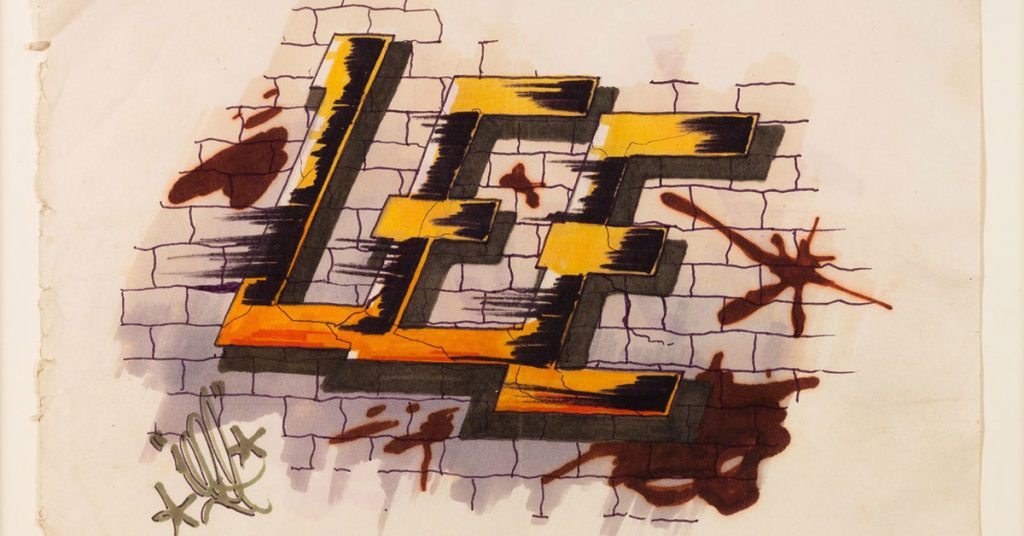Puerto Rican New Yorker Lee Quiñones is one of the famous 1970s graffiti artists along with Keith Haring and Basquiat.
Language Barriers
November 6, 2019 ~ Lee Quiñones: Language Barriers opens with a reception at James Fuentes in the Lower East Side, NYC from 6-8pm. The exhibition is on view Wednesday-Sunday through December 20, 2019. FREE
From Ponce to All City
Quiñones was born in Ponce, Puerto Rico in 1960 and raised in Manhattan’s Lower East Side.
He started painting subway cars in 1974. It was the best of times. It was the worst of times.
It was the best of times because disco, salsa, hip-hop and punk music were born in New York City then. It was the worst of times because the City was deindustrializing and depopulating. It was going bankrupt amid waves of street crime and graffiti. Somehow out of all that mess came some great art.
Lee was a whole subway car kind of painter. His work was respected and generally left uncovered. Painted subway cars are iconic of 1970s New York City.
Quiñones did the first handball court mural in 1978. That seems obvious now, but he was the first and it marked a transition off of the trains.
Europeans were some of the first to recognize graffiti as art. Quiñones got an exhibition in Rome in 1979.
Wild Style
The artist played graffiti artist Raymond Zoro in Charlie Ahearn’s seminal hip-hop movie Wild Style (1983).
A Bridge from Graffiti to Muralism
Today Quiñones is a respected elder statesman, an iconic artist from one of the legendary periods in New York City history.
Graffiti is the first human art. We see it in ancient caves. There is Napoleonic graffiti in the Egyptian Temple of Dendur at the Metropolitan Museum of Art.
Muralism as a social and political expression began in Mexico in the 1920s. Most people were illiterate and the new government needed to forge a new Mexican identity after the chaos of the Mexican Revolution (1910-1920). Statements of identity help create pride in the community.
Modern graffiti began in Philadelphia, but achieved a golden age in 1970s New York. Like a true New Yorker, Quiñones created his art on a massive scale. That got him attention.
Graffiti is usually about me, but Quiñones began adding coded social commentary which brings him into the muralism spectrum.
New York City will forever be associated with graffiti and murals, and Quiñones is one of the artists responsible for that.

